Paolo Portoghesi’s postmodernist architecture: curves, Baroque and irony
A love affair with the Baroque, a playful sense of irony, a captivation with curves and a passion for patterns define the life and work of postmodernist Italian architect Paolo Portoghesi
Leonardo Magrelli - Photography
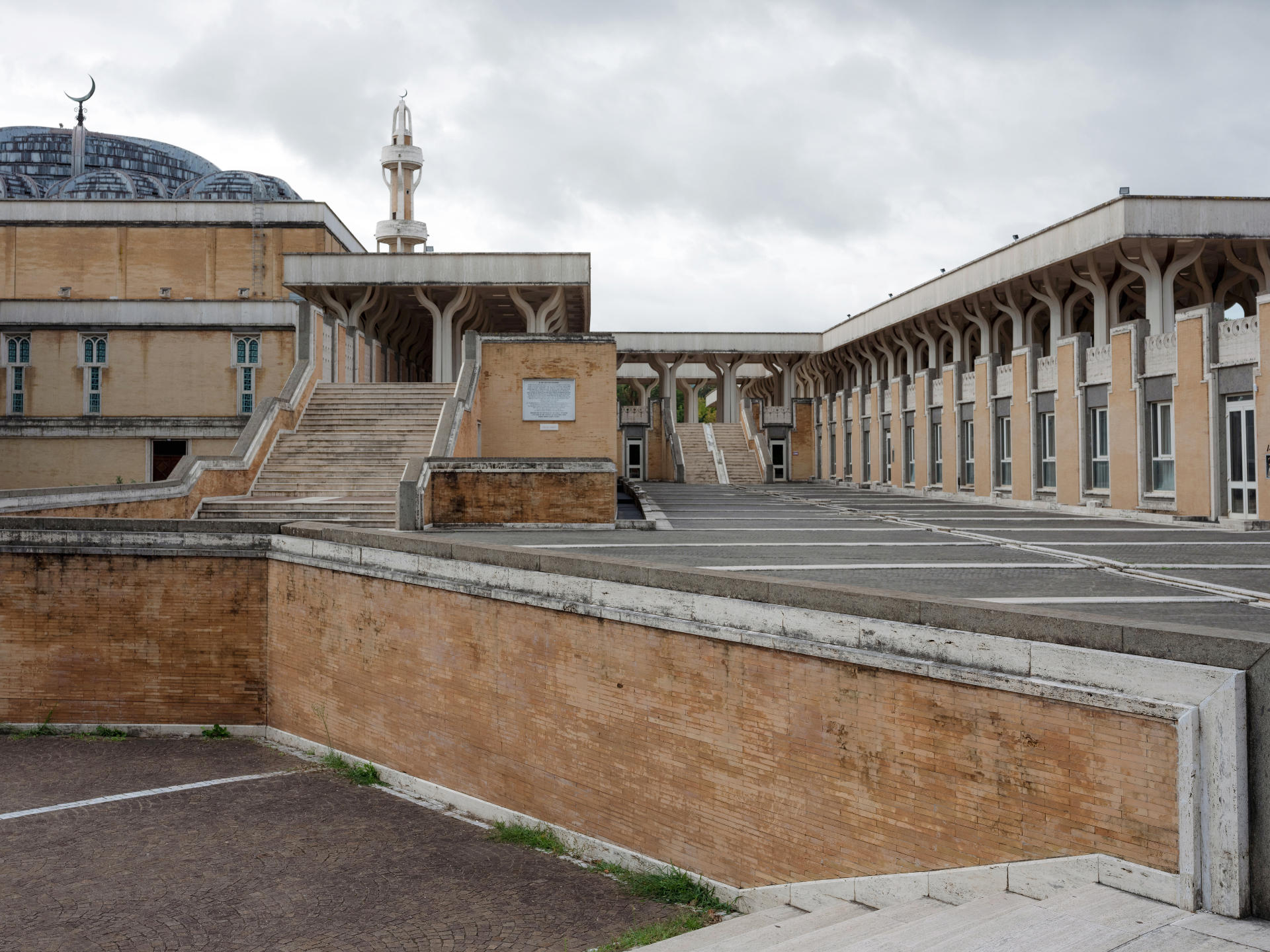
‘Do you know that I’ve always been rather fascinated by wallpaper?’ says Paolo Portoghesi gently, almost as if trying to break the ice. The 89-year-old architect, historian, poet, designer and mercurial icon of modern Italian culture shares a house with wife Giovanna in Calcata, a medieval hilltop town near Rome that has, in recent years, been repopulated by artists. The interiors feature a lot of wallpaper, mostly in patterns by William Morris, covering what empty wall space there is in the various libraries, studies, nooks and awkward anterooms. Everywhere are objects, miniscule and large, sought-after and found by chance, geological and zoological, in equal measure. The almost ludicrously decorative home-cum-museum of a polymath architect and historian might feel oppressive, or at least too strictly preserved in aspic, but this house is far from stuffy. Here, where every inch creates a patterned juxtaposition of past and present, where Portoghesi passes nimbly through the warrens and menageries, everything, including the walls and those Morris prints, seem to be very much alive.
Despite an architectural legacy that spans at least six decades – ranging from the radical, concrete curves of Casa Baldi (1959-61) on the outskirts of Rome to the elaborately sinuous interior of the Mosque of Rome (completed in 1994) – Portoghesi remains a contentious figure in modern Italian architecture. The country’s merciless theorists, often contemporaries, peers and collaborators of Portoghesi, were not always kind. In his History of Italian Architecture 1944-1985, Manfredo Tafuri asserted that Portoghesi’s work showed ‘a taste for excess but lacked any excitement’.
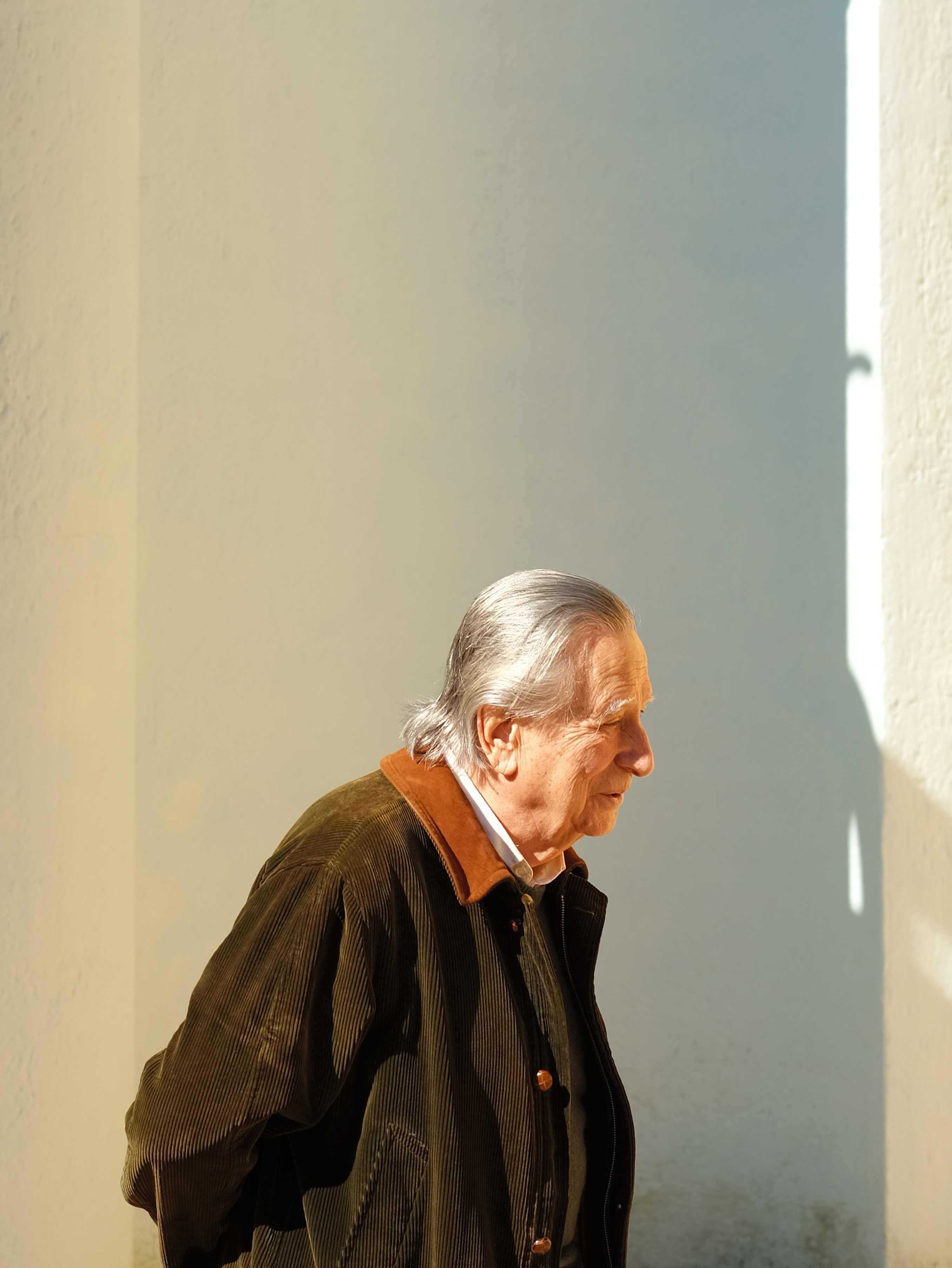
Octogenarian architect Paolo Portoghesi photographed in the gardens of his home in Calcata, Lazio
It is perhaps Portoghesi’s obsessive exploration of Italian, and specifically Roman, Baroque architecture that led to his isolation and categorisation as an adherent of historicism, a doctrine that was the very antithesis of 20th century architecture. Portoghesi was born and raised in central Rome, and the city’s monuments and their makers clearly cast a long shadow. He speaks of the precise moment when, as a young boy, he was struck by the cupola of Francesco Borromini’s 1642 church of Sant’Ivo alla Sapienza, which was near his school. ‘It was problematic for me, but I was enchanted,’ he says. Borromini’s manipulation of geometry and perspective was full of paradoxes, such as the harmony between sharp points and soft curves: ‘I saw that poetry is expressed through architecture.’
The main reception room of the house at Calcata is dominated by a metal and glass screen, fixed on a wall, which provides an alluring backdrop. It is inspired by the false apse of the church of Santa Maria at San Satiro in Milan, which was completed in 1482 and features an early example of trompe l’œil, attributed to High Renaissance architect Donato Bramante. As Portoghesi opens a secret mirrored door within the screen, he marvels at Bramante’s trick of making only nine metres of depth appear to be more like 80.
A playful sense of irony defines Portoghesi’s work and best explains his role as a pioneer of Italy’s postmodernist movement. In 1980, he spearheaded the creation of the first Venice Architecture Biennale, entitled La Presenza del Passato (The Presence of the Past). The fair was centred around the ‘Strada Novissima’ exhibition, for which he wrangled submissions from some of the world’s most prominent architects, among them Frank Gehry, Rem Koolhaas, Arata Isozaki, Robert Venturi and Denise Scott Brown, and Ricardo Bofill. Portoghesi created a street lined with the contributions of each participant architect, and the exhibition is considered by many as a rallying point for the postmodernist movement and certainly one of its most intellectually rigorous manifestations.
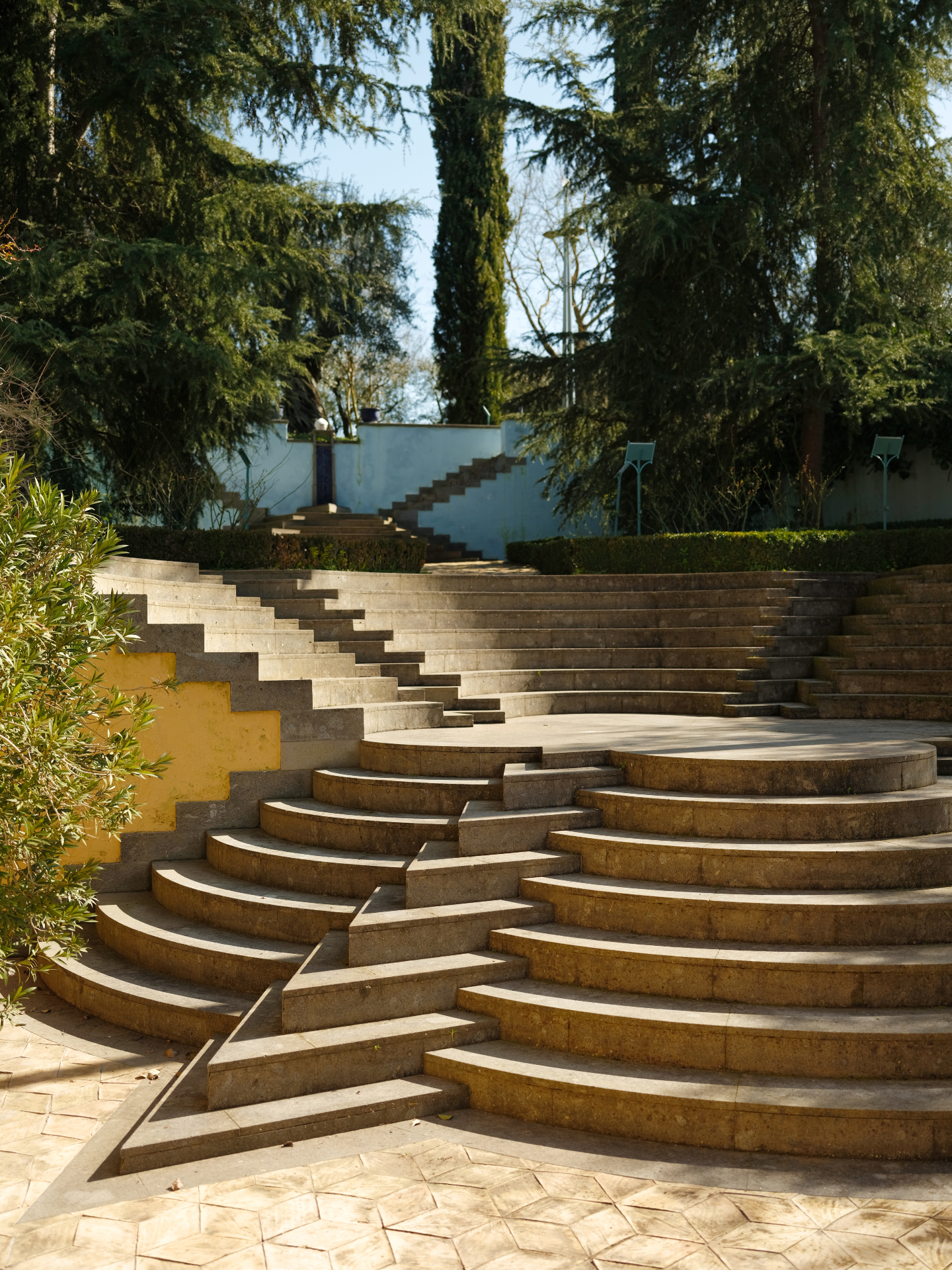
Portoghesi's home features a series of steps that echo the geometric patterns found inside Francesco Borromini’s Sant’Ivo alla Sapienza in Rome
‘Sometimes you need a bit of noise and colour in architecture,’ says Portoghesi. During the 1980s, when postmodernism seized the architectural upper hand, he edited the ravishingly eclectic, large-format architectural quarterly magazine Eupalino. Looking inside any of the magazine’s 12 issues is a trip into the mind of the editor and a taste of the spirit of those times. ‘It was an era of optimism,’ he says. ‘Edonismo Reaganiano [Reagan-era hedonism].’ He felt relieved that the privations of modernism were gone. Le Corbusier, according to Portoghesi, managed to create astonishing works of art, but the modernism he spawned lacked expression and ultimately ruined the modern city. Indeed, ‘Strada Novissima’ offered a counter to Le Corbusier, who hated the closed-in ‘rue corridor’ and advocated endless, open streets stretching into the horizon. Portoghesi champions the opposite, saying, ‘It’s the very closing of the street that makes it beautiful. It’s how you create a gathering space.’
Adjacent to the complex of dwellings that forms Portoghesi’s house is an expansive garden containing various follies, fountains, temples and a library, as well as an impeccably-kept zoo. As tropical birds flap and squawk in their elaborate enclosures, he bends down to mimic the quacking of one of the geese that are allowed to roam free. Reflecting on a movement that he acknowledges is once again in fashion, Portoghesi remains enthusiastic: ‘Postmodernism represented liberty,’ he says. ‘It was freedom to explore the past or the future. Of course, liberty is dangerous, it can make you do irrational, absurd things. But we all need a spectacle.'
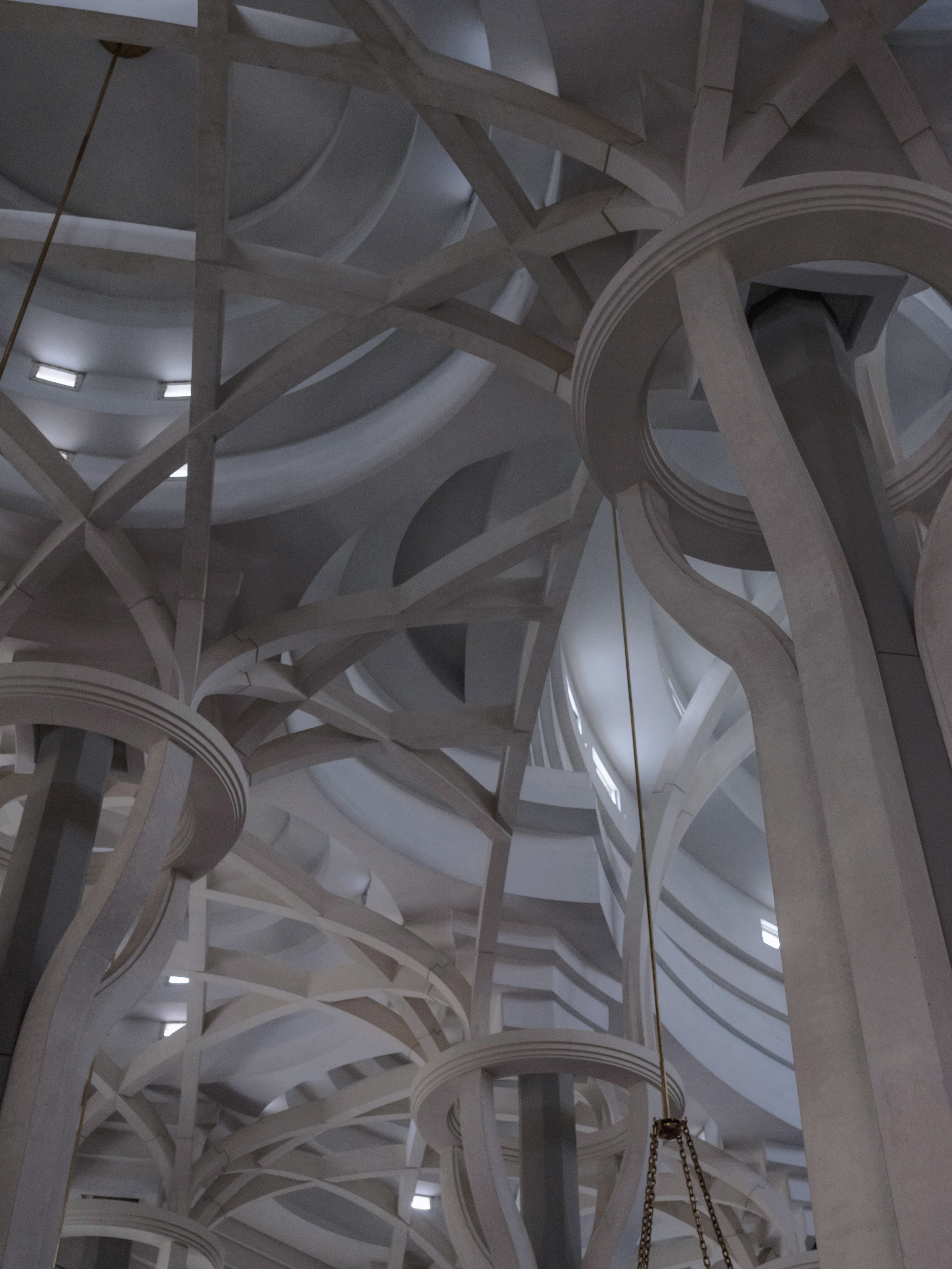
Taking influences from Baroque and Islamic architecture, Portoghesi played with curves and geometric patterns
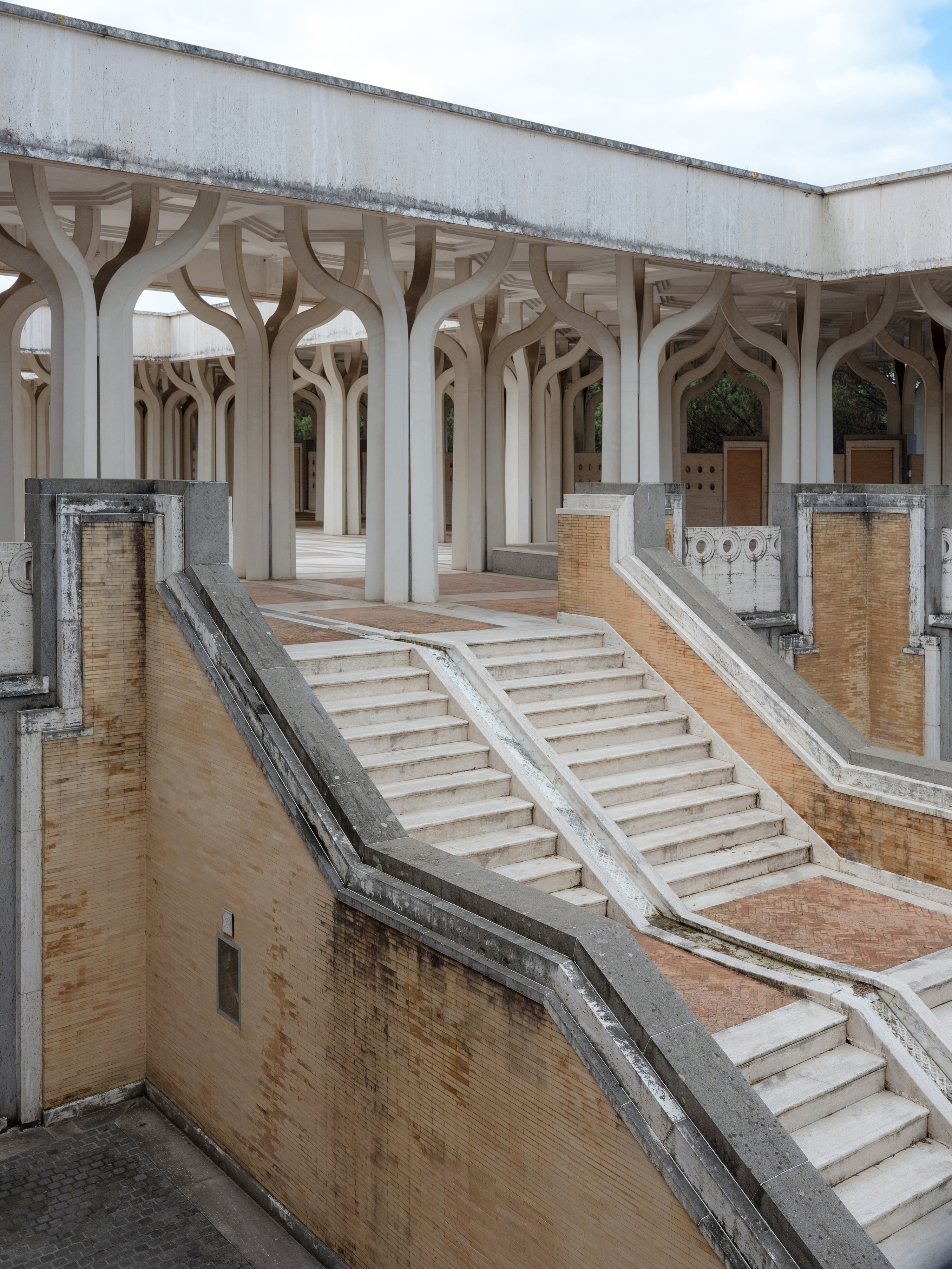
Staircase entrance at the Mosque of Rome
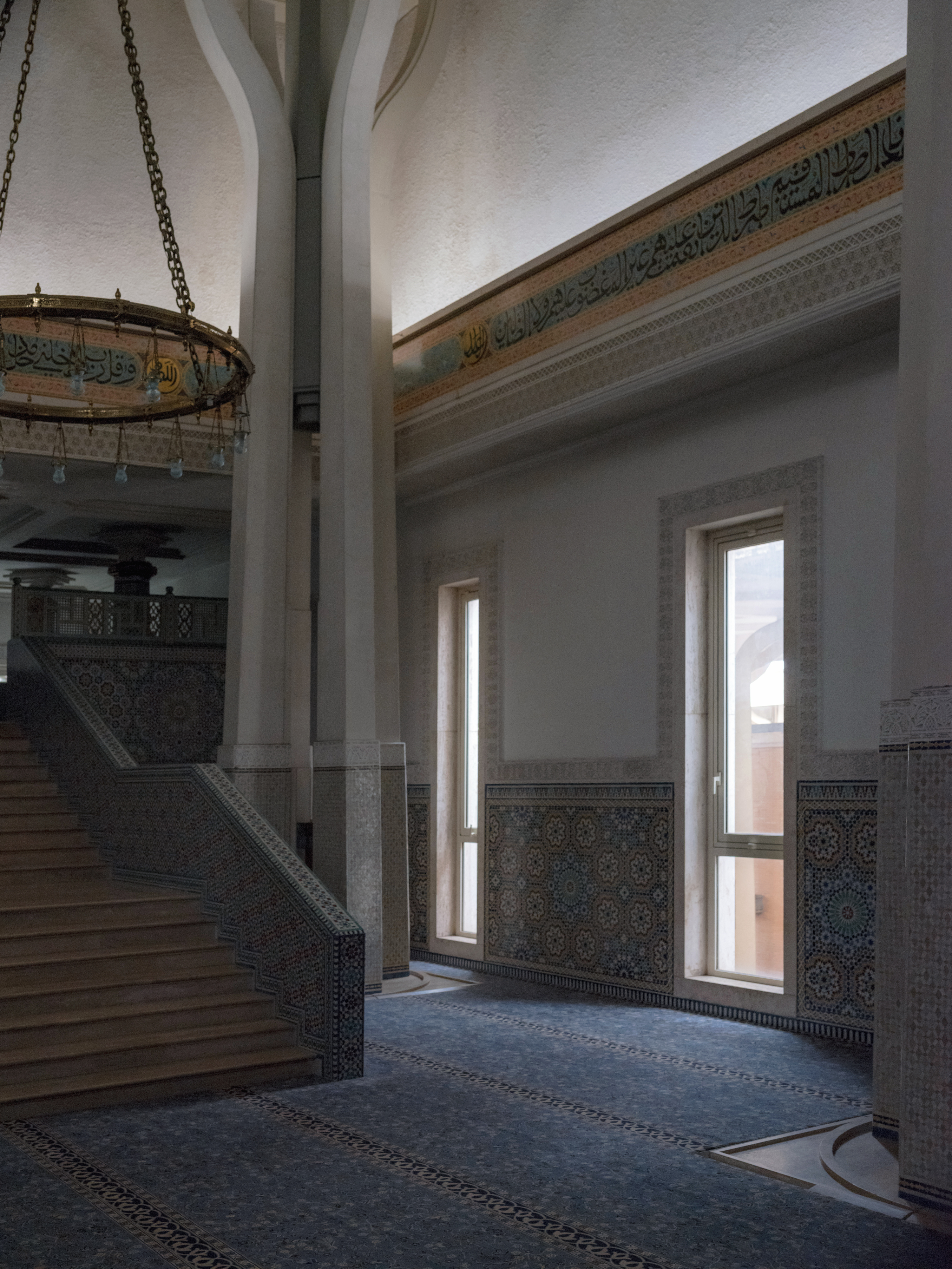
The architect created soaring vaulted ceilings and an internal forest of tree-like columns and Ottoman-style hoop chandeliers
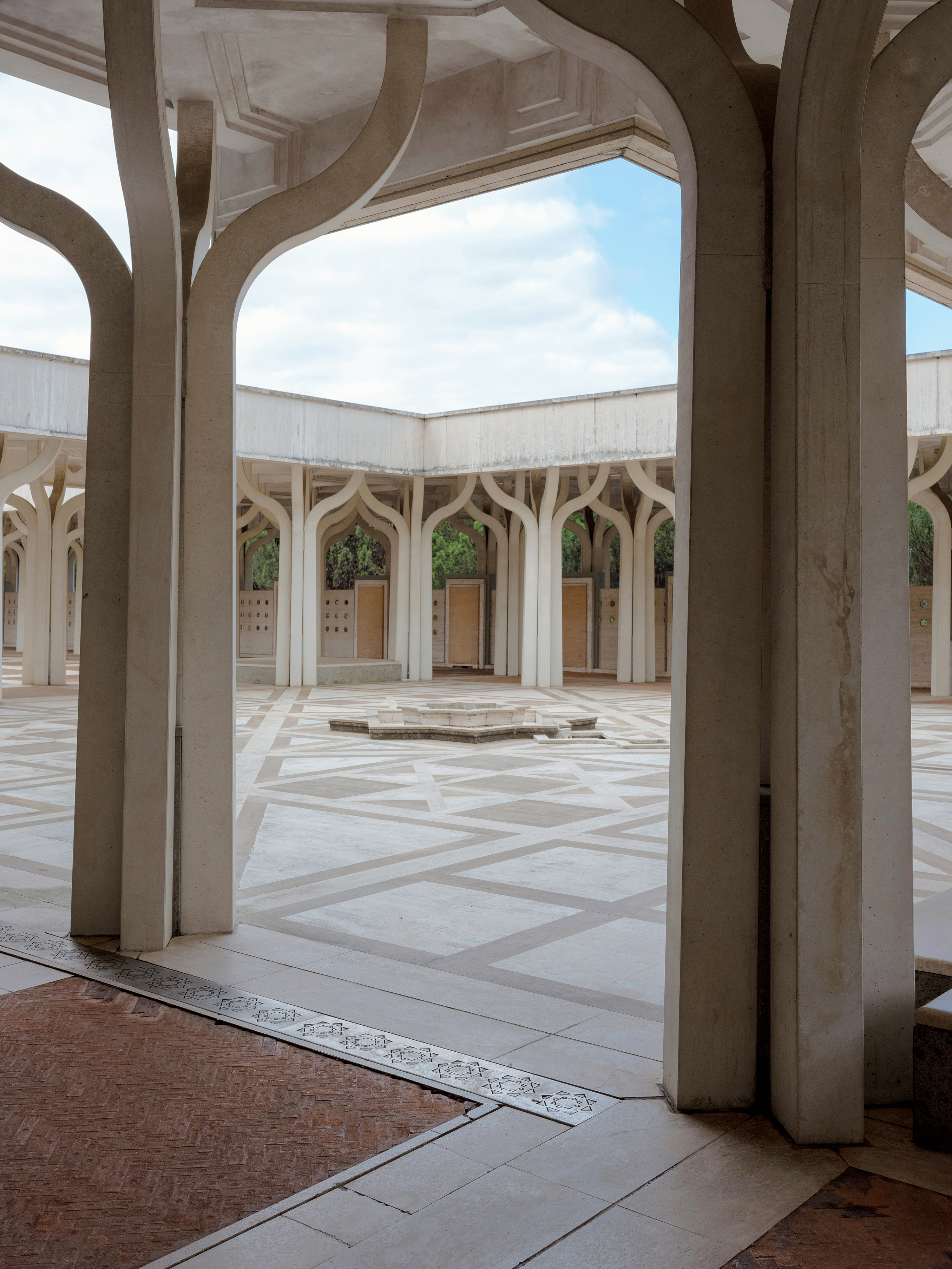
Courtyard at the Mosque of Rome
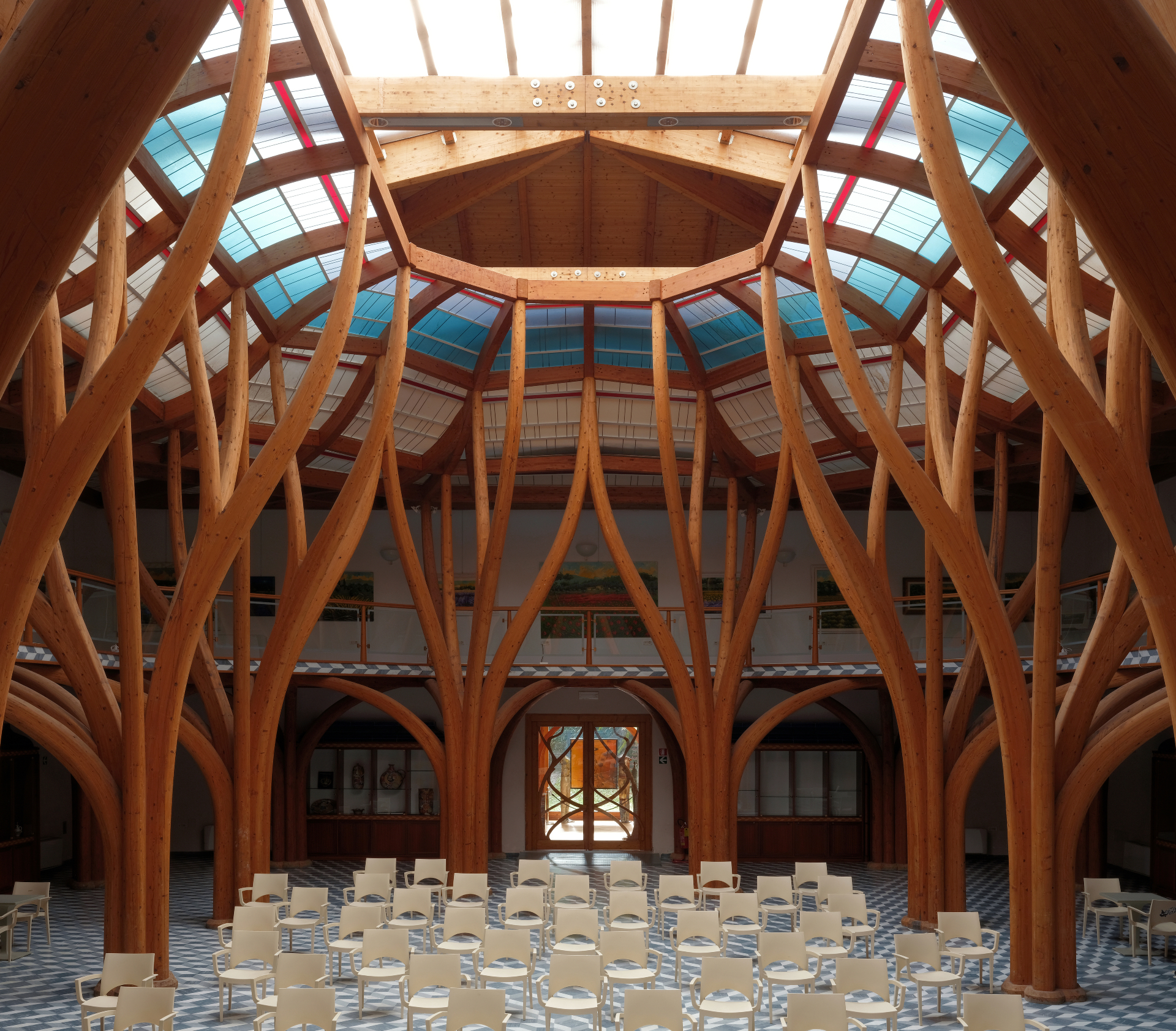
The Sala Portoghesi, at the Terme Tettuccio spa in Montecatini, designed by Portoghesi in 1987
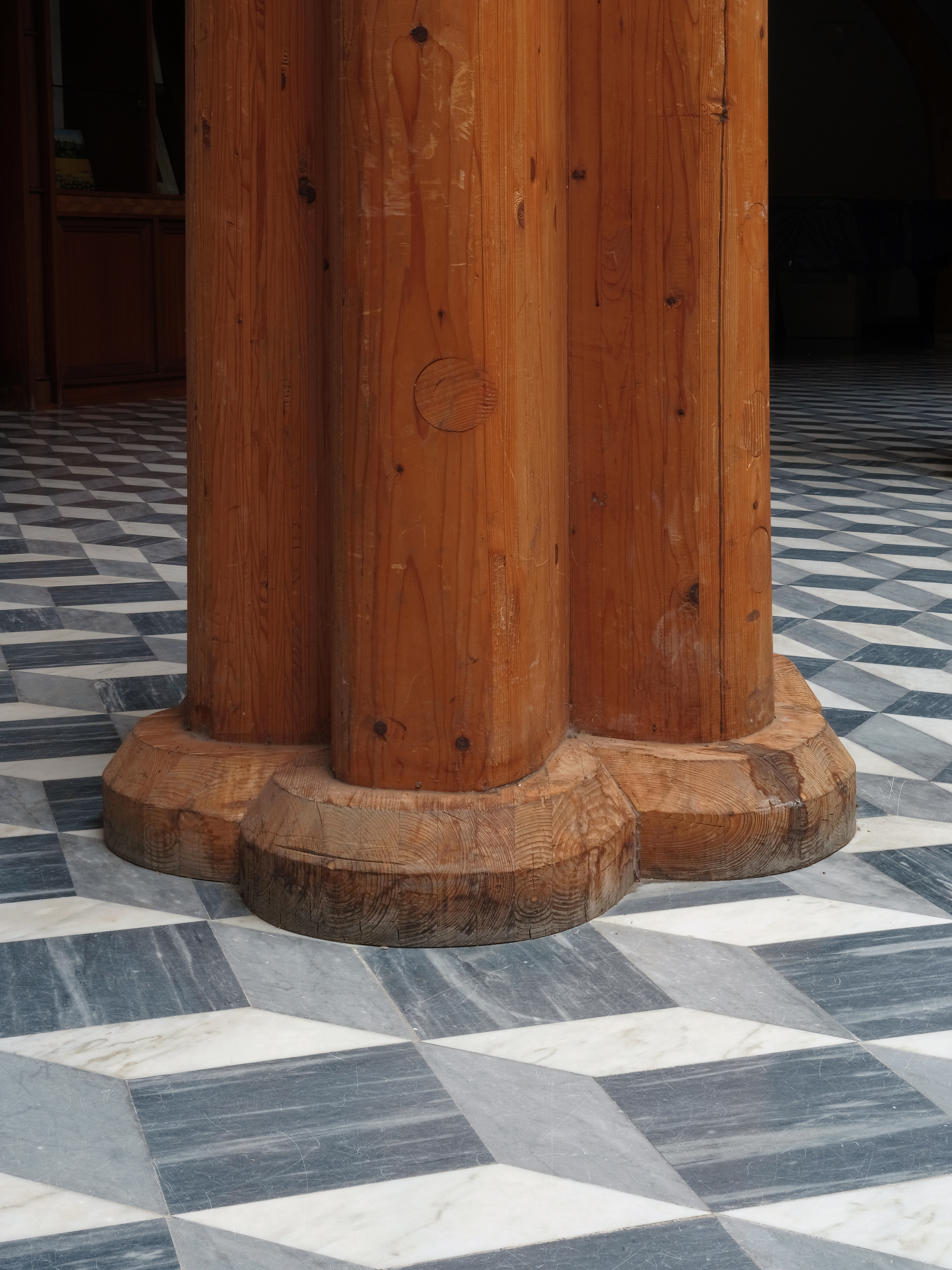
Detail at Sala Portoghesi, at the Terme Tettuccio
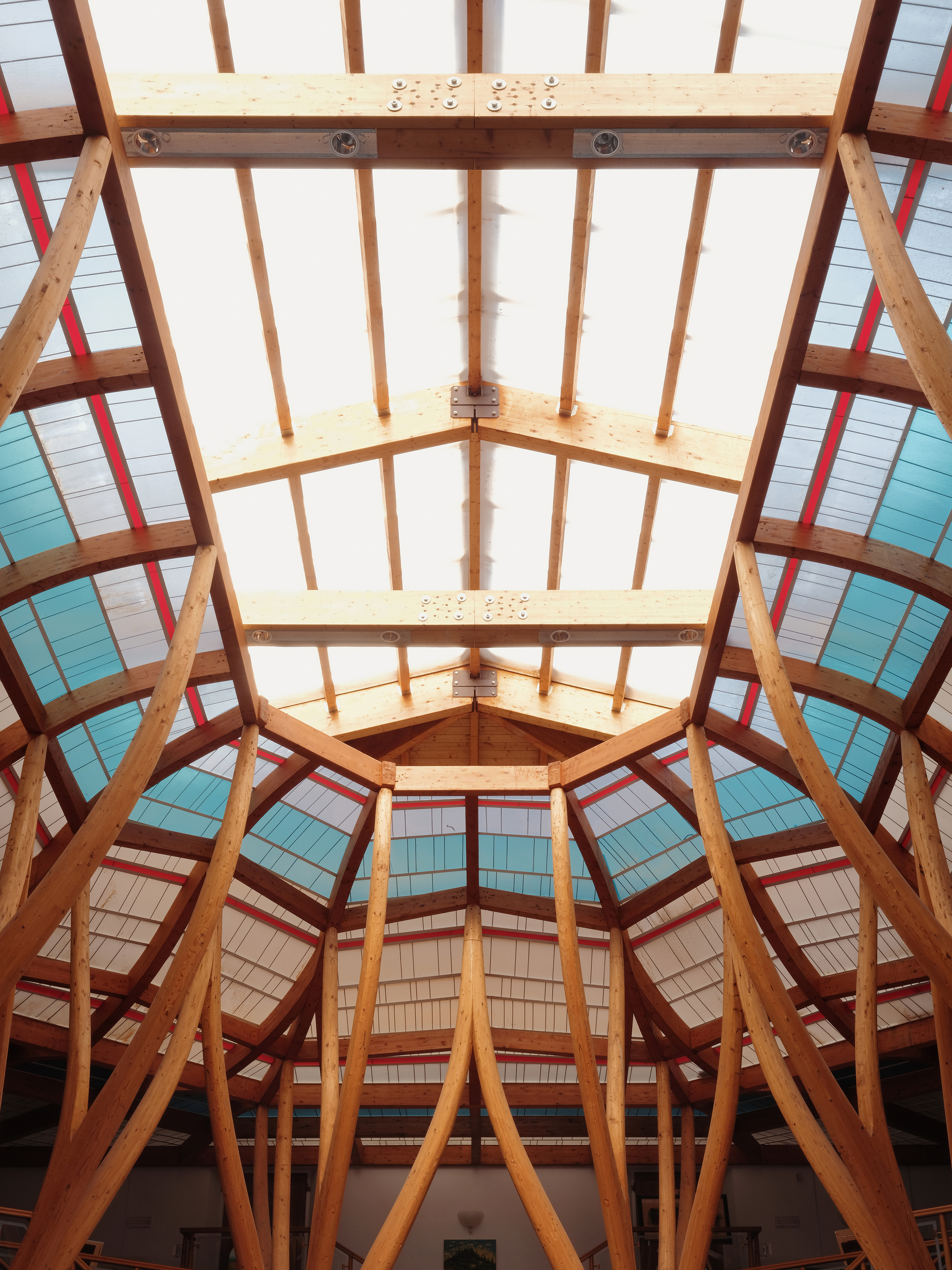
Looking up at the ornate ceiling at Sala Portoghesi
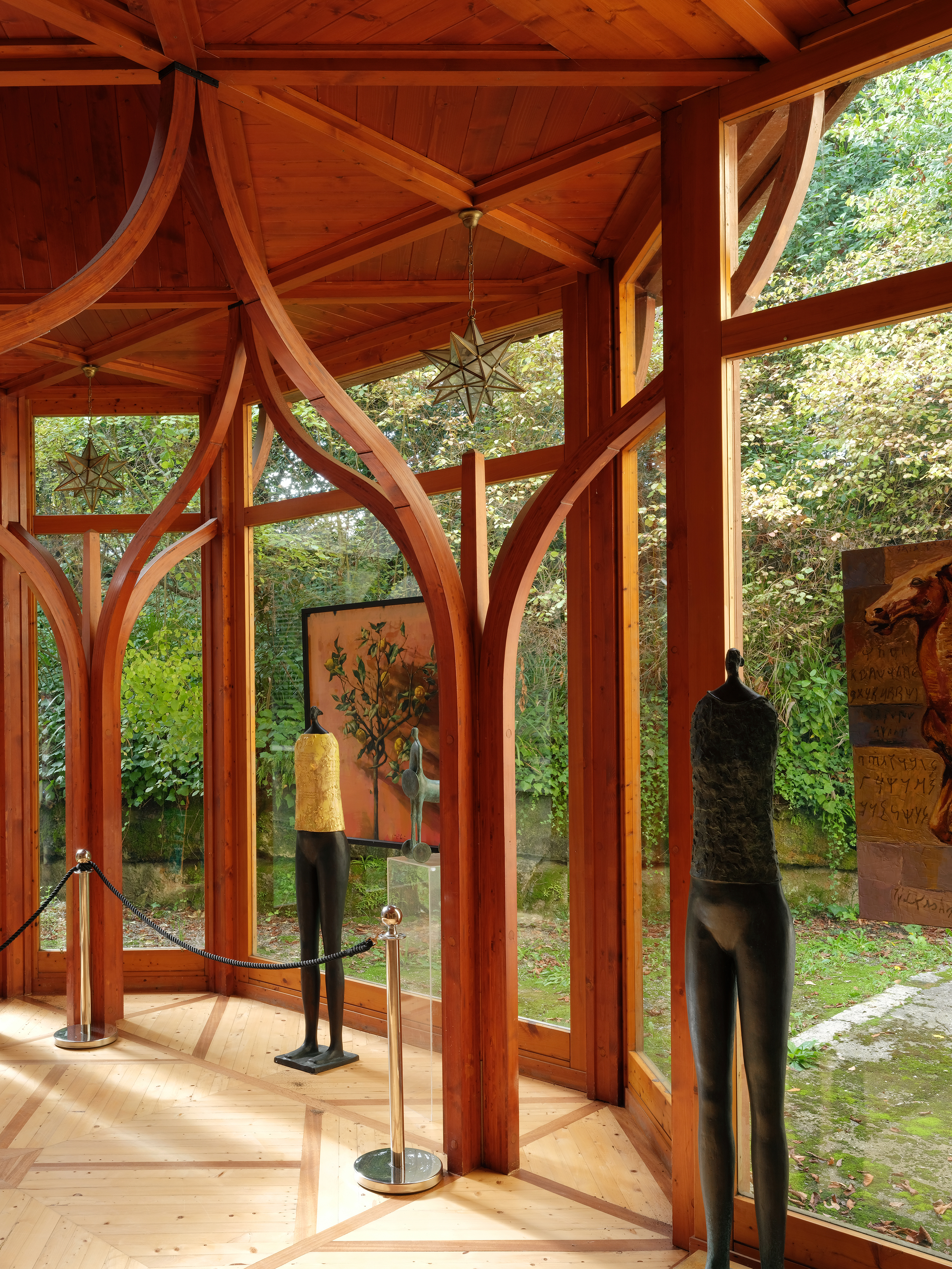
Structural detail at Sala Portoghesi, Terme Tettuccio
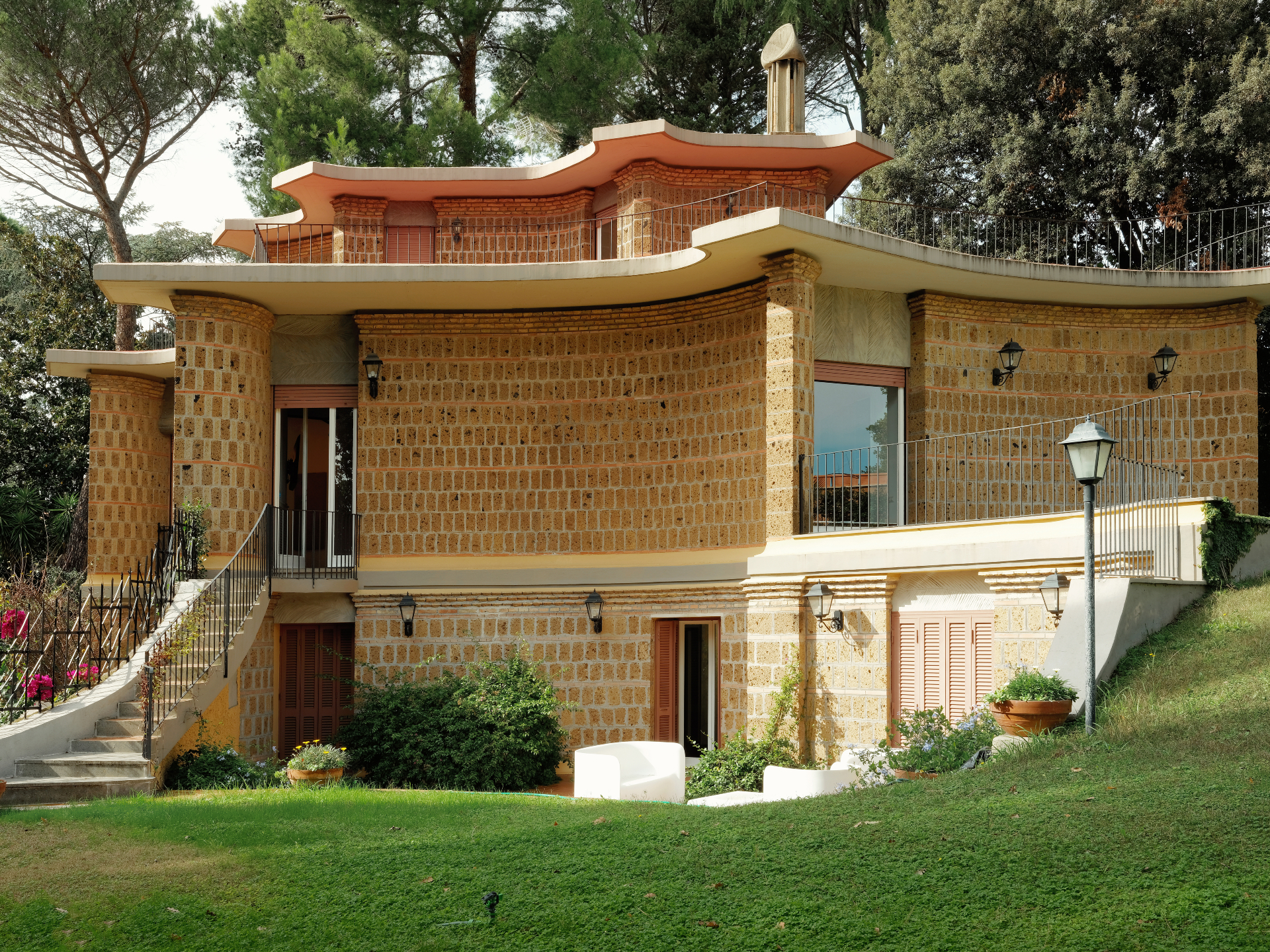
Casa Baldi (1959), on Via Sirmione on the outskirts of Rome, was built for a film director
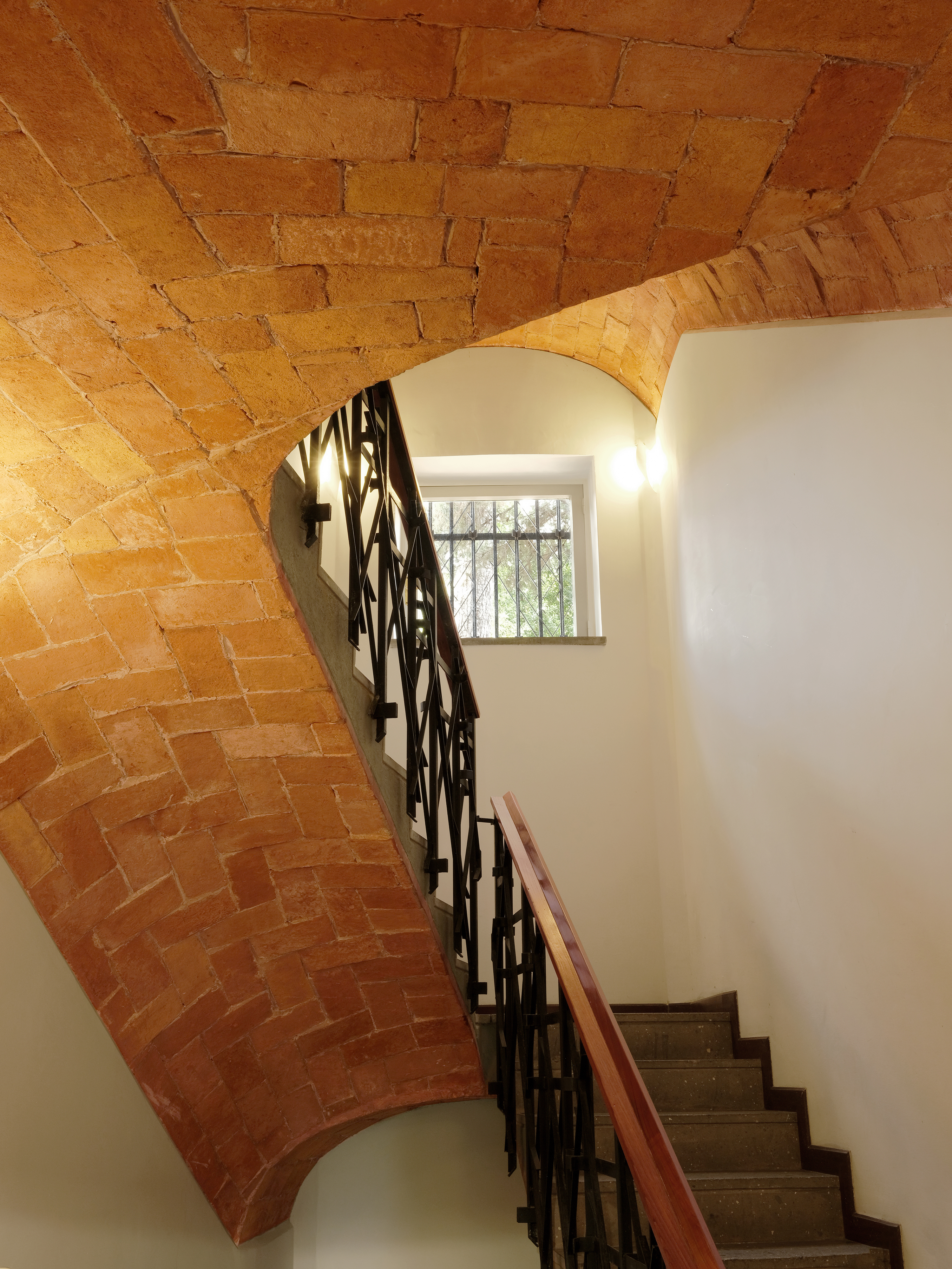
For Casa Baldi, Portoghesi took inspiration from the work of 17th century Italian architect Francesco Borromini
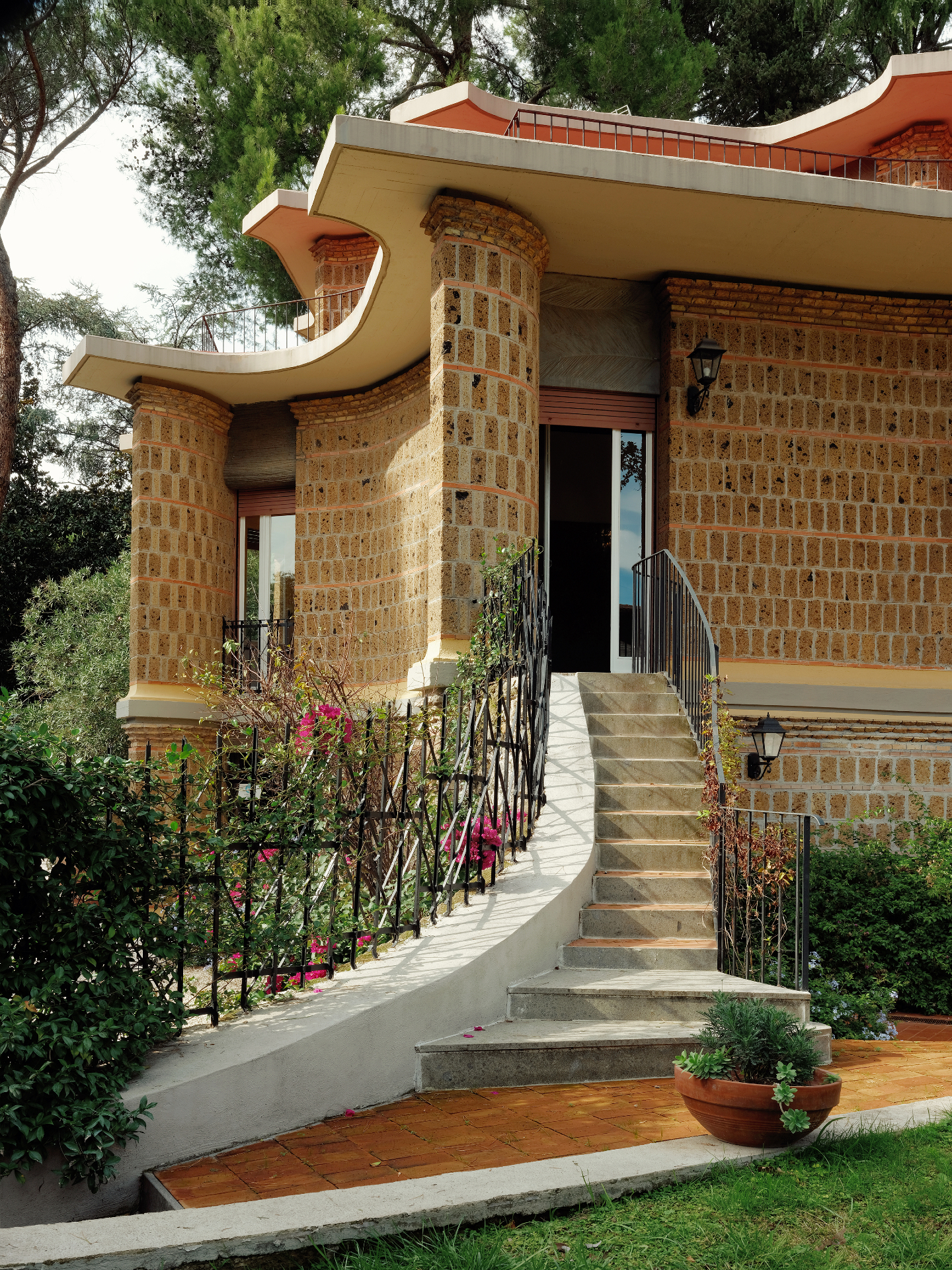
Entrance at Casa Baldi by Paolo Portoghesi
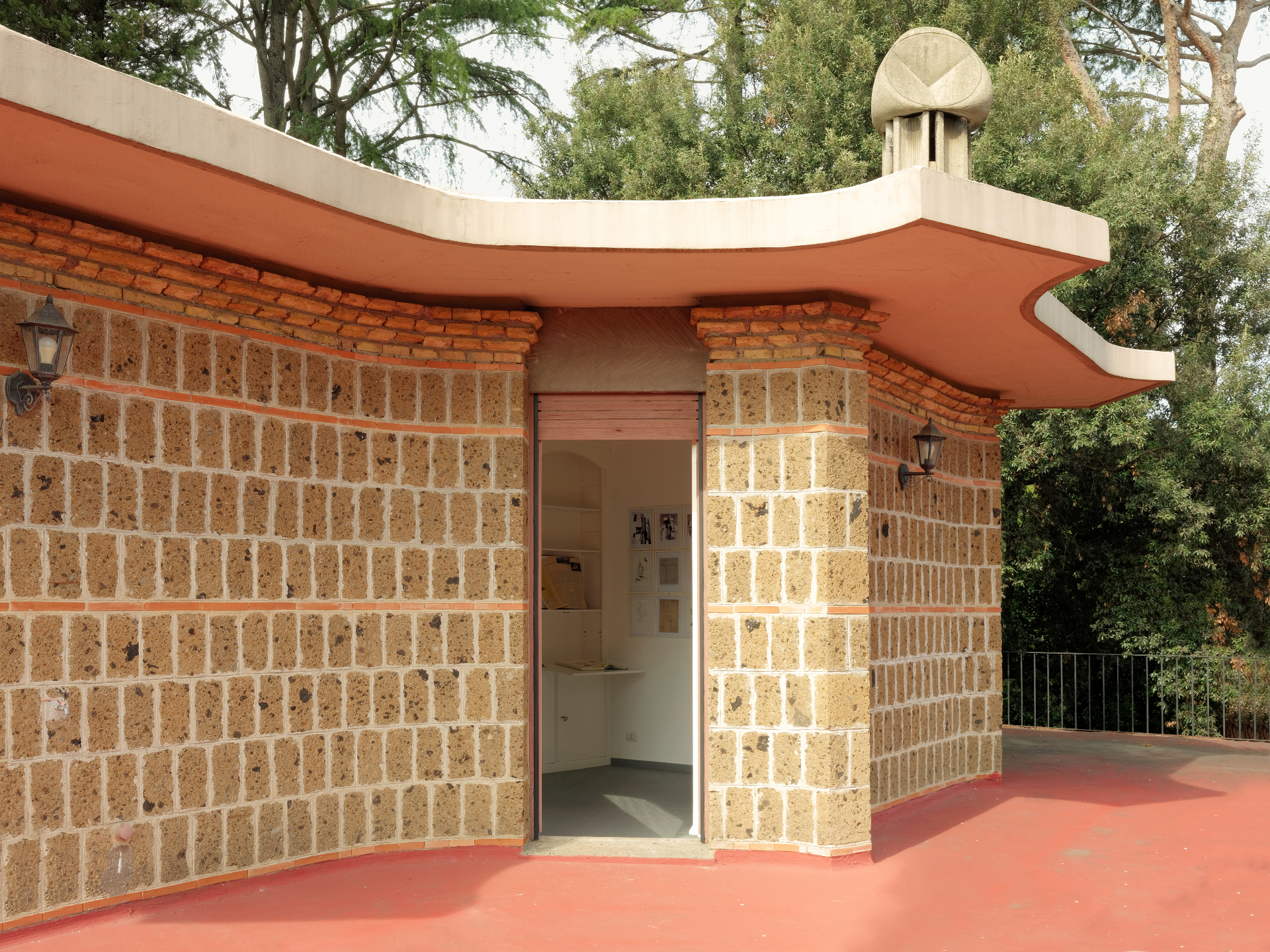
Terrace detail at Casa Baldi by Paolo Portoghesi
Receive our daily digest of inspiration, escapism and design stories from around the world direct to your inbox.
David is a writer and podcaster working (not exclusively) in the fields of architecture and design. He has contributed to Wallpaper since 2022 when he wrote about the late, postmodernist architect and founder of the Venice Architecture Biennale - Paolo Portoghesi reporting from his home outside Rome. In 2024, David launched Arganto - Gabriele Devecchi Between Art & Design, a podcast exploring the life and legacy of this Milanese silversmith and design polymath.
-
 This Mexican architecture studio has a surprising creative process
This Mexican architecture studio has a surprising creative processThe architects at young practice Pérez Palacios Arquitectos Asociados (PPAA) often begin each design by writing out their intentions, ideas and the emotions they want the architecture to evoke
-
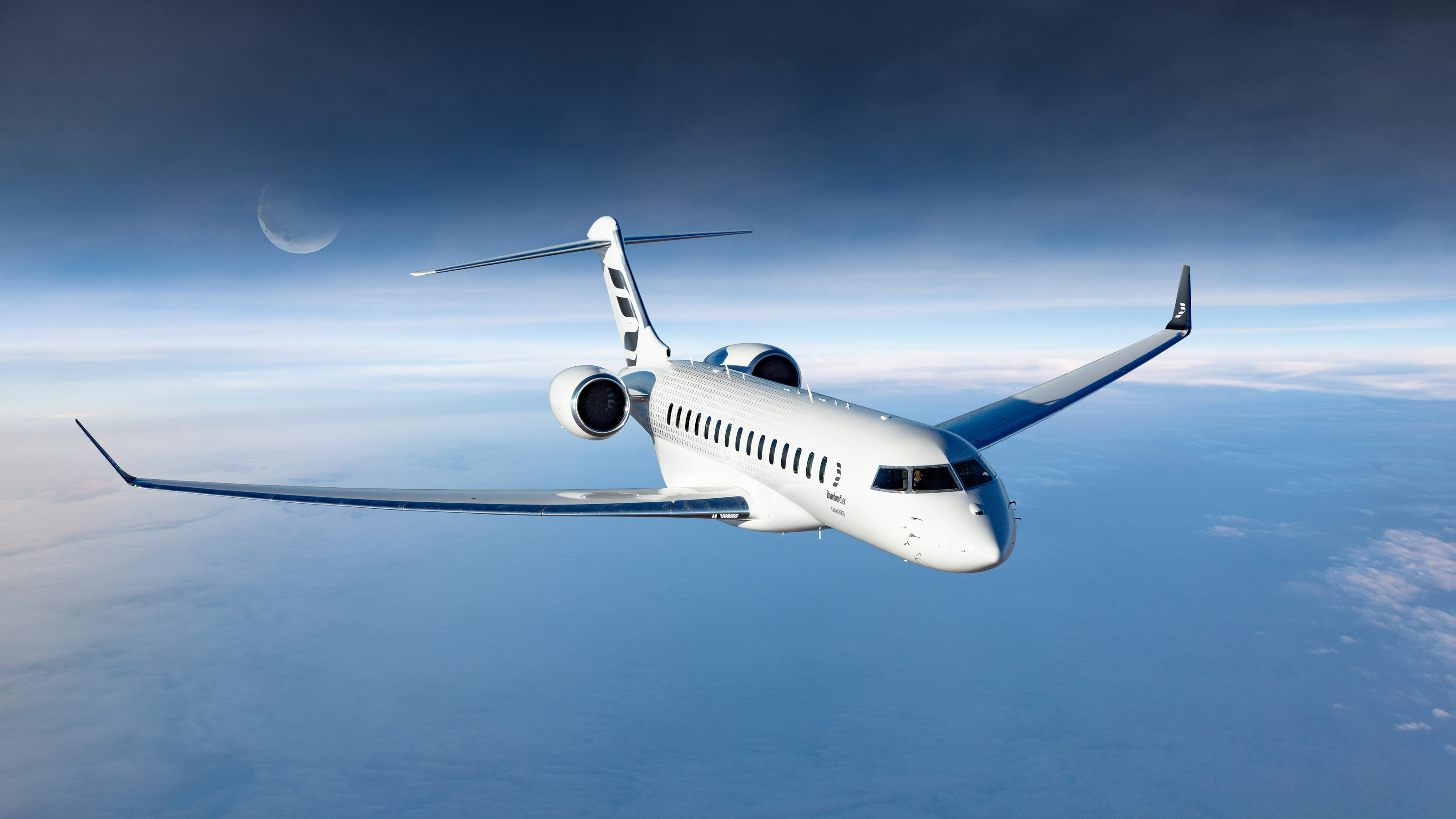 The Bombardier Global 8000 flies faster and higher to make the most of your time in the air
The Bombardier Global 8000 flies faster and higher to make the most of your time in the airA wellness machine with wings: Bombardier’s new Global 8000 isn’t quite a spa in the sky, but the Canadian manufacturer reckons its flagship business jet will give your health a boost
-
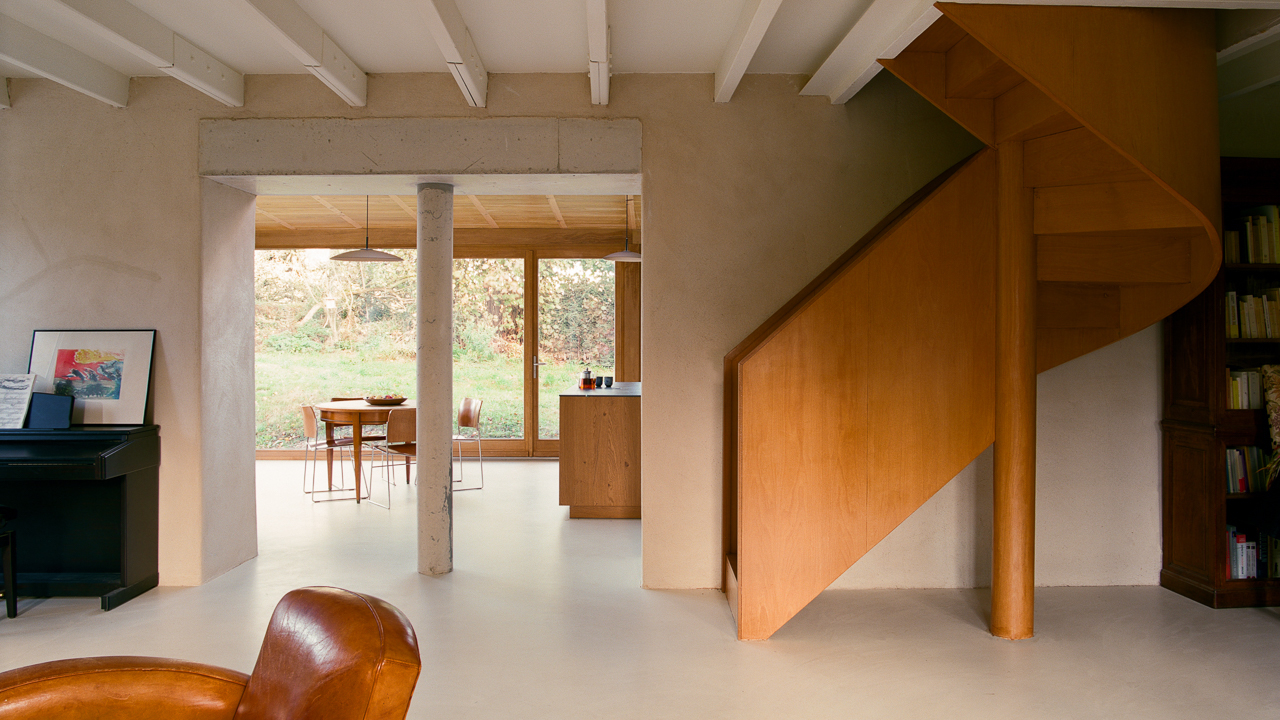 A former fisherman’s cottage in Brittany is transformed by a new timber extension
A former fisherman’s cottage in Brittany is transformed by a new timber extensionParis-based architects A-platz have woven new elements into the stone fabric of this traditional Breton cottage
-
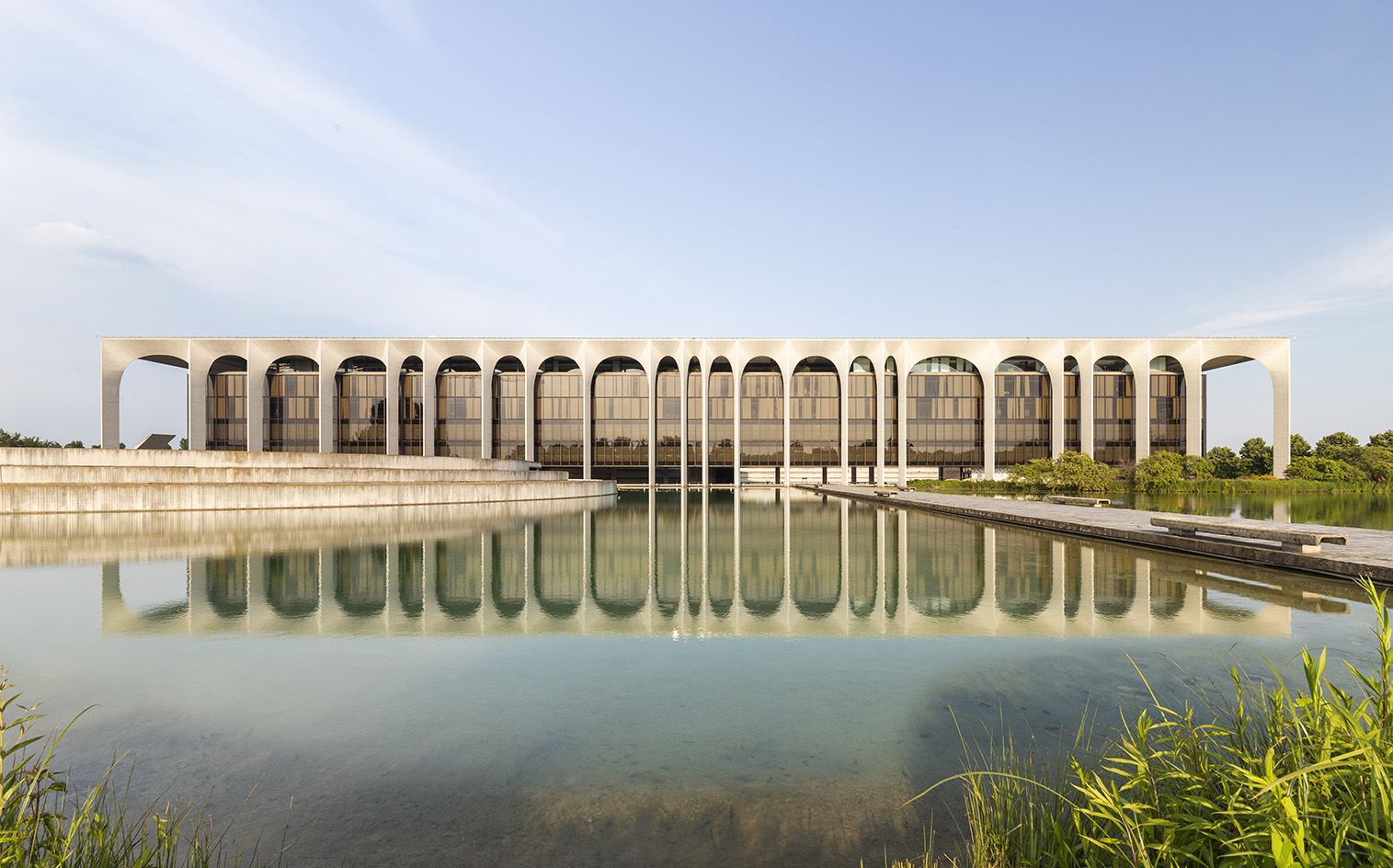 Modernist Palazzo Mondadori’s workspace gets a playful Carlo Ratti refresh
Modernist Palazzo Mondadori’s workspace gets a playful Carlo Ratti refreshArchitect Carlo Ratti reimagines the offices in Palazzo Mondadori, the seminal work by Brazilian master Oscar Niemeyer in Milan
-
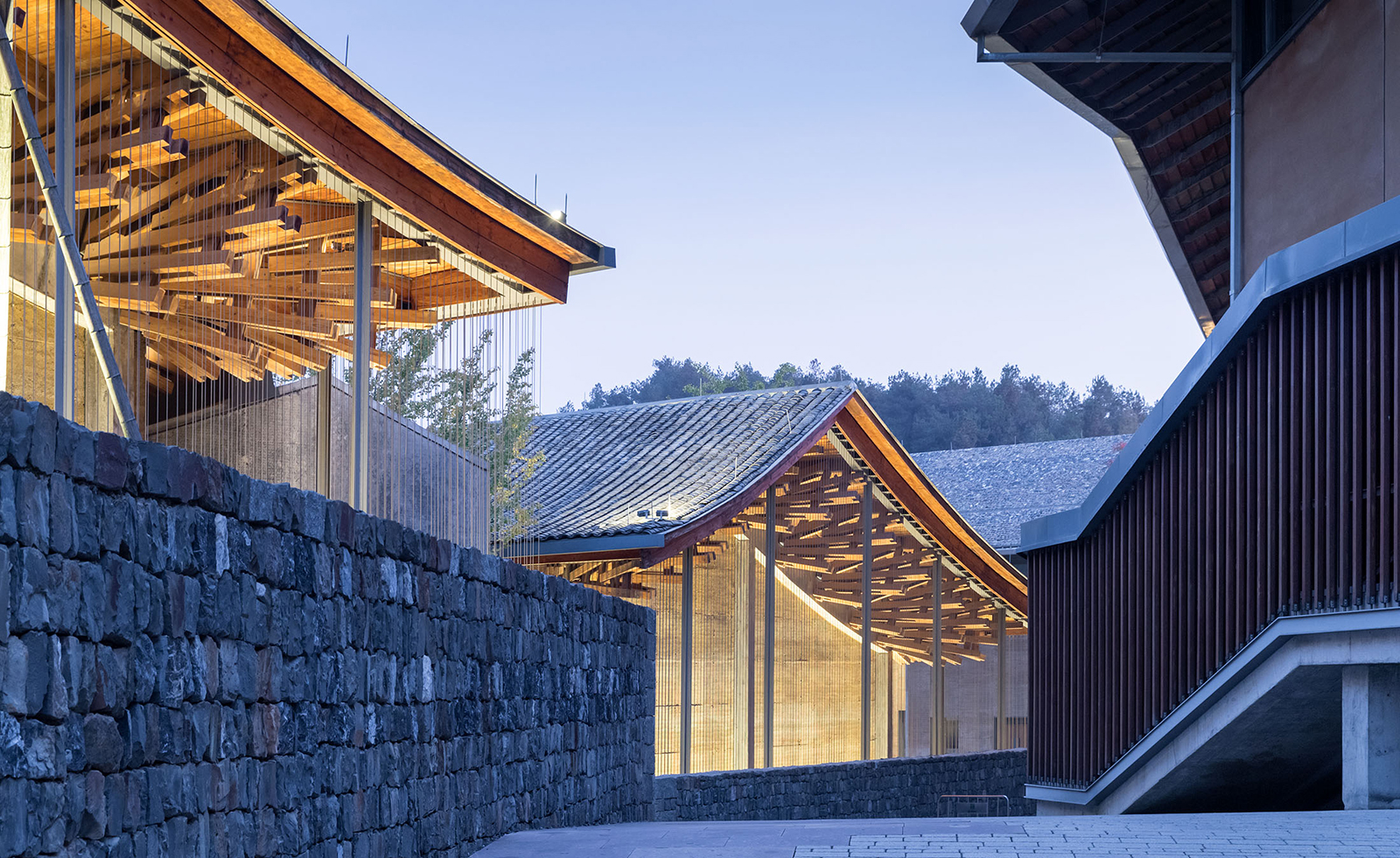 Wang Shu and Lu Wenyu to curate the 2027 Venice Architecture Biennale
Wang Shu and Lu Wenyu to curate the 2027 Venice Architecture BiennaleChinese architects Wang Shu and Lu Wenyu have been revealed as the curators of the 2027 Venice Architecture Biennale
-
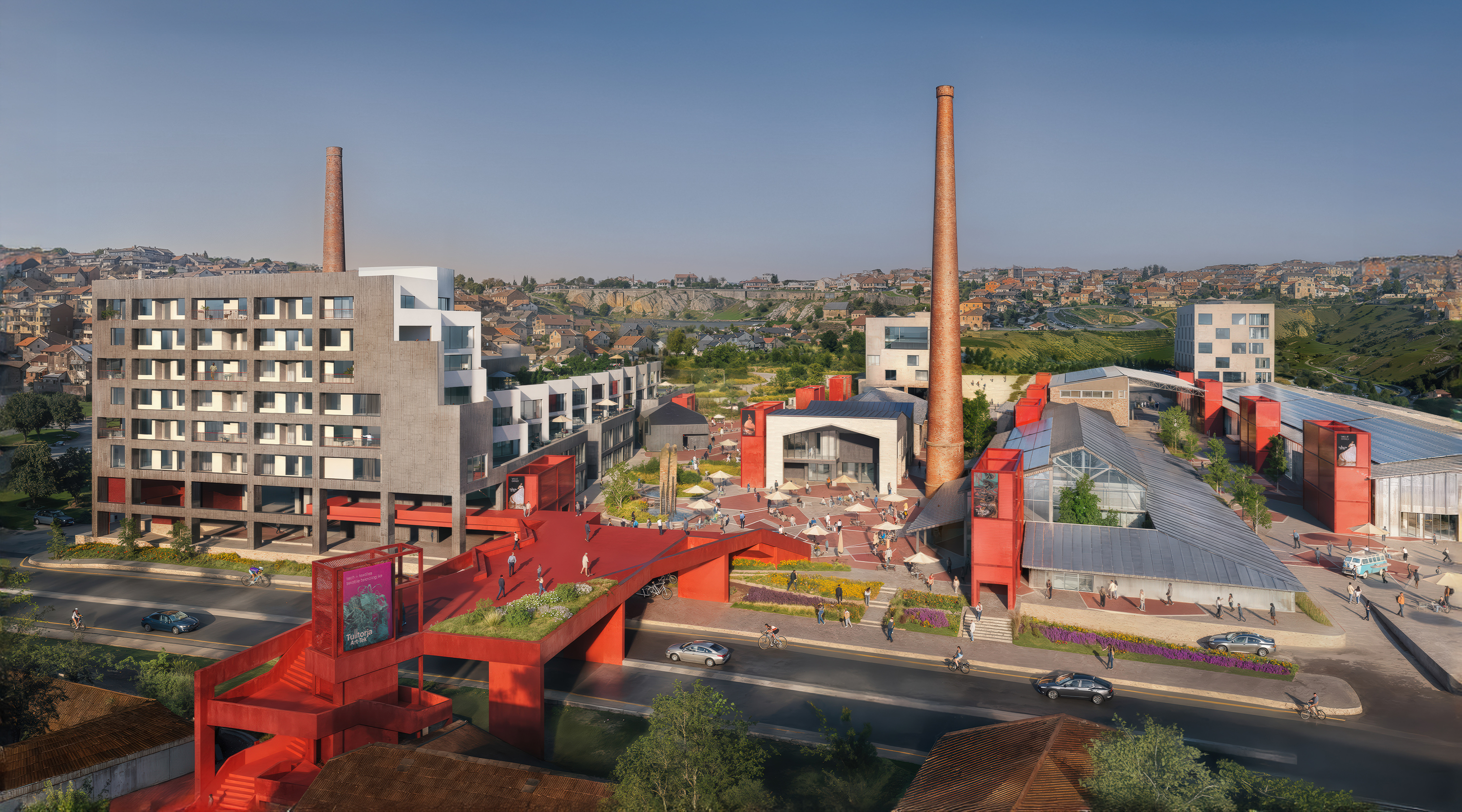 At the Holcim Foundation Forum and its Grand Prizes, sustainability is both urgent and hopeful
At the Holcim Foundation Forum and its Grand Prizes, sustainability is both urgent and hopefulThe Holcim Foundation Forum just took place in Venice, culminating in the announcement of the organisation's Grand Prizes, the projects especially honoured among 20 previously announced winning designs
-
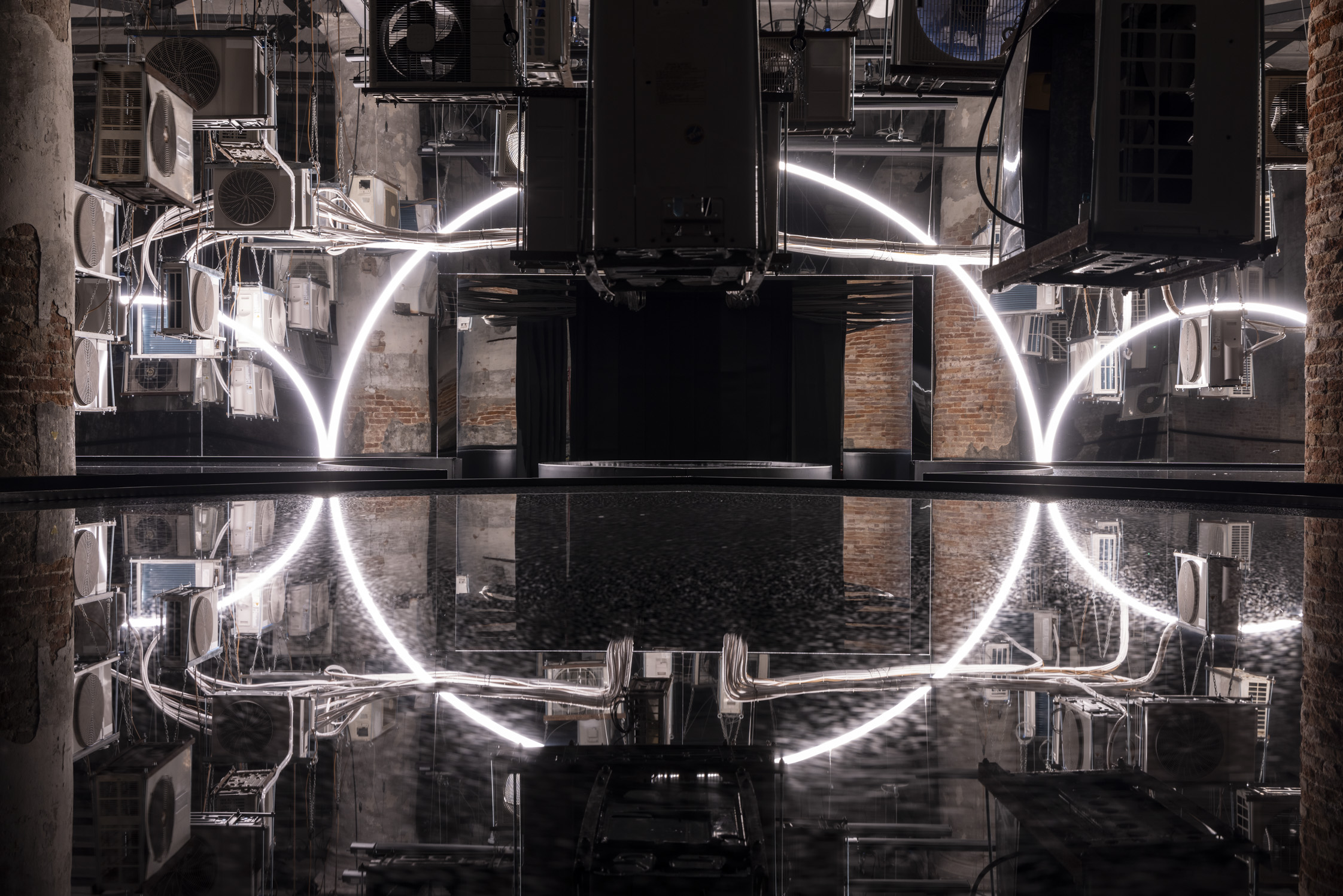 Carlo Ratti reflects on his bold Venice Architecture Biennale as it closes this weekend
Carlo Ratti reflects on his bold Venice Architecture Biennale as it closes this weekendThe Venice Architecture Biennale opens with excitement and fanfare every two years; as the 2025 edition draws to a close, we take stock with its curator Carlo Ratti and ask him, what next?
-
 Step inside Casa Moncler, the brand’s sustainable and highly creative Milanese HQ
Step inside Casa Moncler, the brand’s sustainable and highly creative Milanese HQCasa Moncler opens its doors in a masterfully reimagined Milanese industrial site, blending modern minimalism and heritage, courtesy of ACPV Architects Antonio Citterio Patricia Viel
-
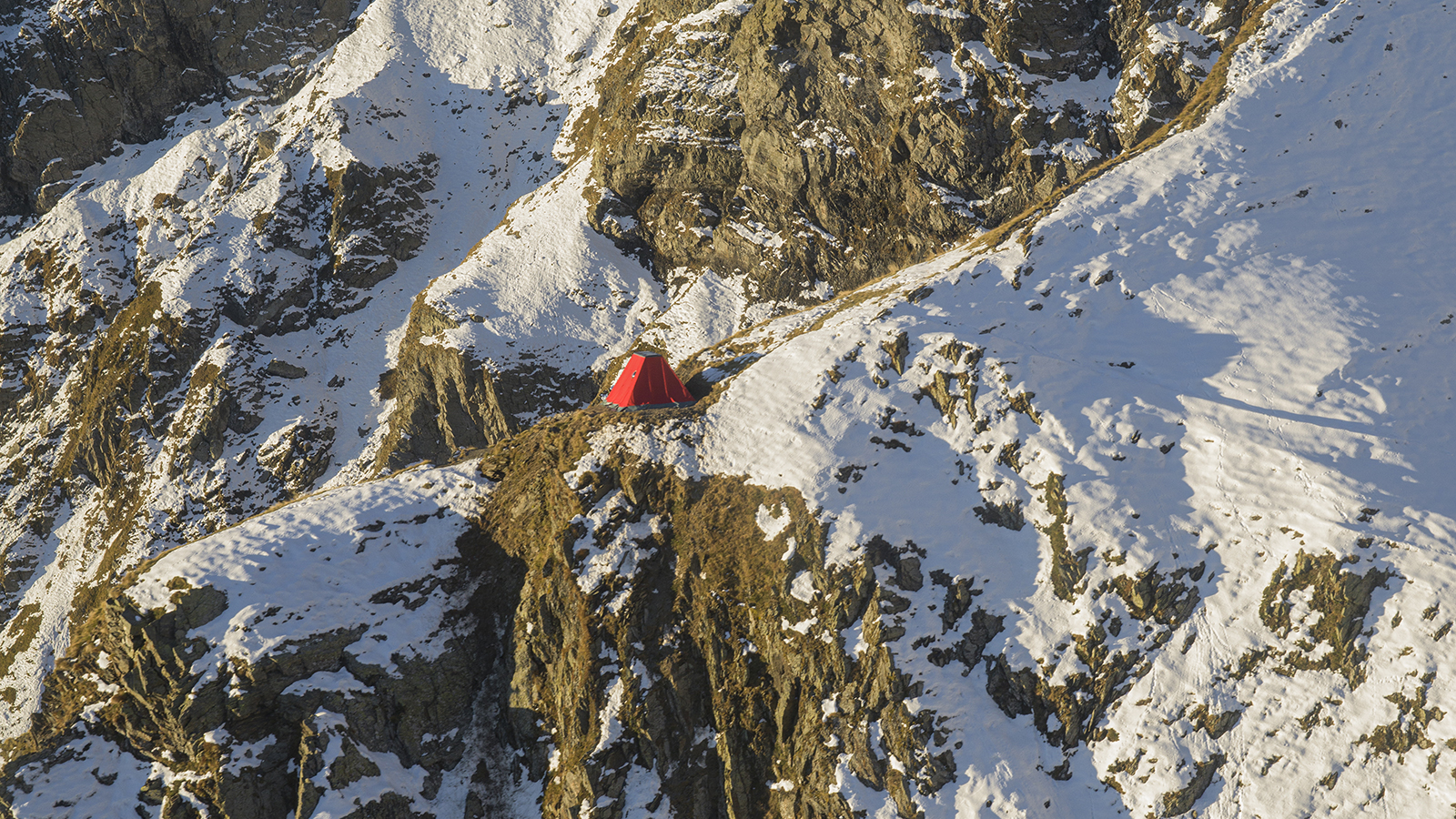 Aldo Frattini Bivouac is a mountain shelter, but not as you know it
Aldo Frattini Bivouac is a mountain shelter, but not as you know itA new mountain shelter on the northern Italian pre-Alp region of Val Seriana, Aldo Frattini Bivouac is an experimental and aesthetically rich, compact piece of architecture
-
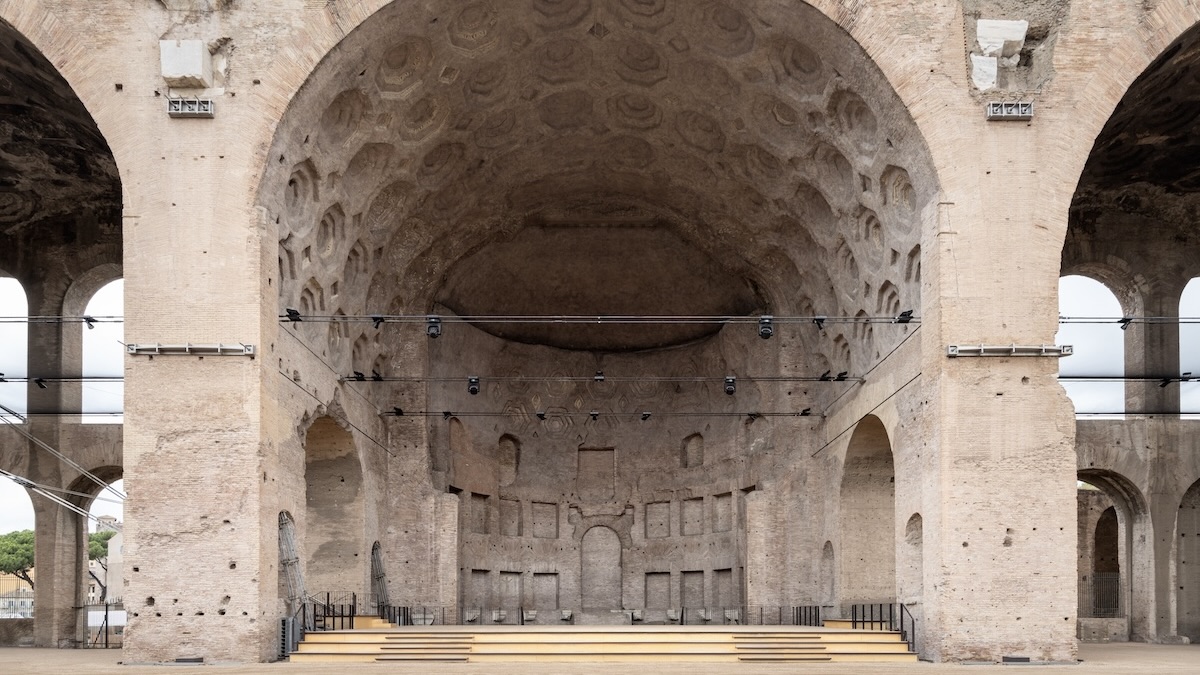 Rome’s Basilica di Massenzio has been reinvigorated with fresh architectural interventions
Rome’s Basilica di Massenzio has been reinvigorated with fresh architectural interventionsThe ancient landmark bridges past and present with a redesigned stage area, new flooring and interactive information points
-
 The 2026 Winter Olympics Village is complete. Take a look inside
The 2026 Winter Olympics Village is complete. Take a look insideAhead of the 2026 Winter Olympics, taking place in Milan in February, the new Olympic Village Plaza is set to be a bustling community hub, designed by Skidmore, Owings & Merrill